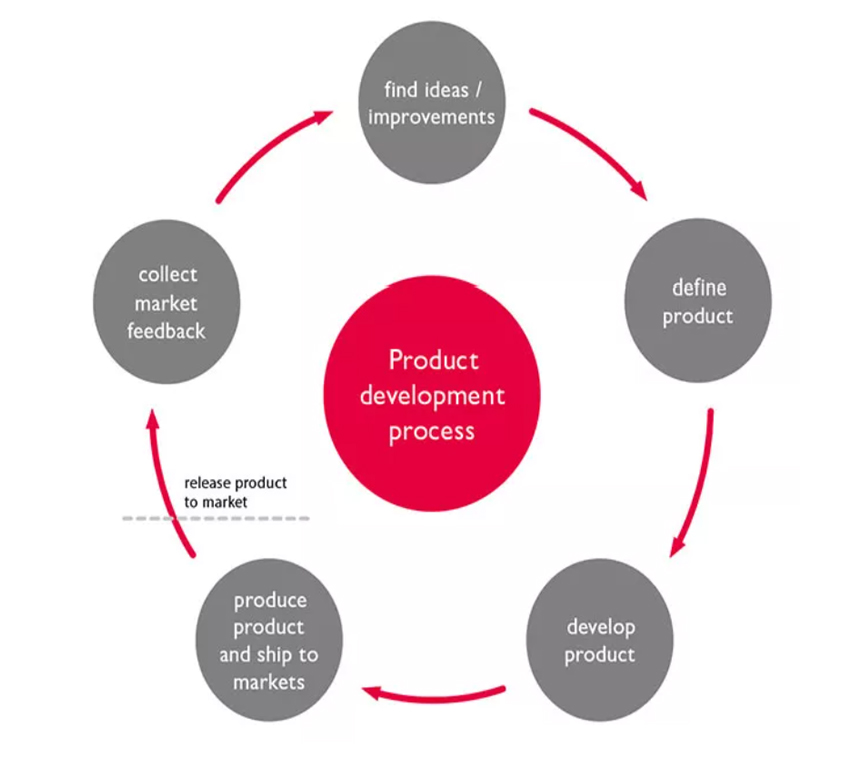From ideas to a new software release
15th June, 2023

Have you ever asked yourself how Bernafon develops the Oasisnxt fitting software? Why is it constantly adapted with new features? Why do you need to regularly update the Oasisnxt fitting software? I will explain the development process and will give you some answers.
What is a software development process?
The software development process is an iterative process. It divides the software development work into different phases, which I will describe in this blog post.
The individual steps:

1. Find ideas and improvements
To develop new features in Oasisnxt, we need ideas for what we can improve in Oasisnxt or what we should develop from scratch. These ideas are based on current market trends, new technologies, technical inventions (e.g., integration of REM measurements in the fitting software, the invention of Bluetooth®, hearing instruments with rechargeable batteries, etc.) or upon suggestions from hearing care professionals and hearing aid users.
2. Define product
After collecting all suggestions for improvement, they are sorted by priority. To do this, the requirements of all markets where Bernafon sells hearing instruments, and therefore also where Oasisnxt is used, must be included, as they sometimes differ widely. Based on the existing development resources, a decision is made as to which features should be integrated into the next software version. The next step is to create a plan. This plan contains the definition of technical requirements, schedules, milestones, necessary documentation and records, etc. All definitions are documented very carefully so that they can be traced at any time.
3. Product development
Based on the requirements, the development teams develop new features and optimize existing ones. There are regular meetings with all necessary stakeholders to determine whether the developed solution meets the requirements. During development, the new and improved functions are tested again and again to ensure that they work properly. Of course, it is also important to test whether the new functions have or do not have a negative impact on already existing or other new functions. In this phase, all accompanying mandatory materials, such as user manuals, must also be created or updated for more than 30 languages.
4. Produce product and ship to market
In the next step, the product manager creates a quantity forecast (i.e. How many USB sticks should be produced?). The product manager is also responsible for ensuring that the software can be ordered from sister companies in the various markets and supports the countries in the homologation processes. When the newest version of Oasisnxt has arrived in the hands of the hearing care professionals, this step is complete.
5. Collect market feedback
As soon as the new Oasisnxt version is released, we will receive feedback on the product. Our sales companies tell us about their experiences, we receive reports of visits from representatives to the hearing care professionals, and we hold events where we receive feedback.
These are 2 examples of events we hold regularly to collect market feedback:
- Fitting Conference: 10-12 participants from subsidiaries around the world meet once a year to share their experiences with us. The participants represent the hearing care professionals in their markets.
- Expert Panels: Bernafon Product Managers meet with 5-6 hearing care professionals per country and discuss their experiences with our products and their wishes and suggestions for improvement.
The continuous collection of feedback from hearing instrument wearers and hearing care professionals is important as the needs and expectations of both groups are constantly changing.
